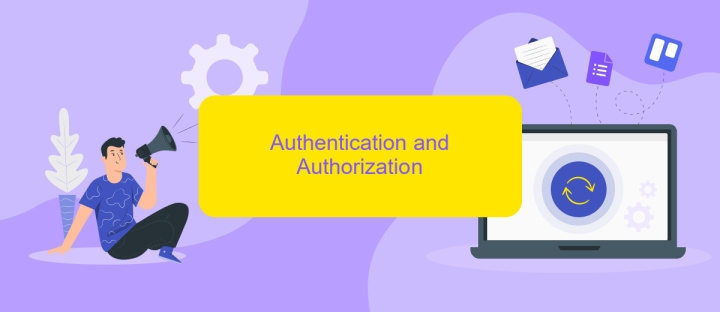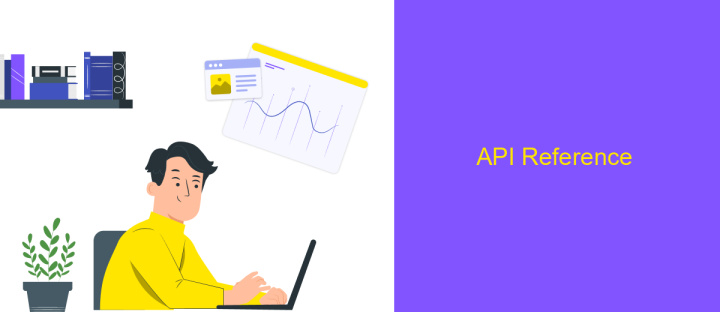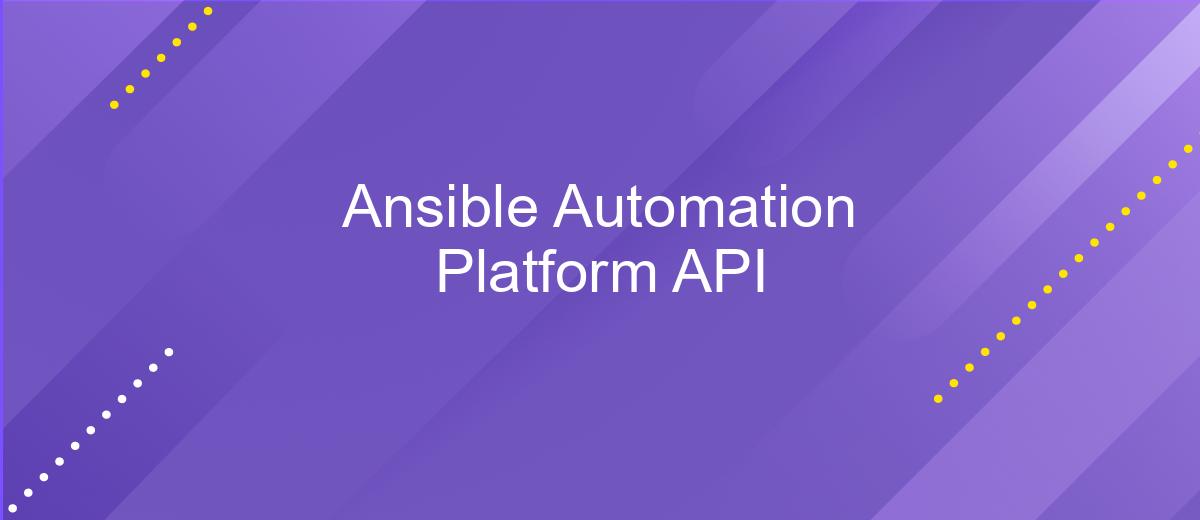Ansible Automation Platform API
The Ansible Automation Platform API is a powerful tool designed to streamline and enhance IT automation processes. By providing a robust interface for managing and orchestrating automation tasks, it empowers organizations to efficiently handle complex deployments, configurations, and operations. This API enables seamless integration with existing systems, allowing for greater flexibility and scalability. Explore how the Ansible Automation Platform API can transform your automation strategy and drive operational excellence.
Introduction
The Ansible Automation Platform API is a powerful tool designed to streamline and enhance the automation capabilities of IT environments. By providing a robust interface for interaction with the Ansible Automation Platform, it enables developers and system administrators to automate complex workflows, manage resources efficiently, and integrate with other systems seamlessly. This API is essential for organizations looking to optimize their IT operations and achieve greater scalability and flexibility in their infrastructure management.
- Access comprehensive automation resources and capabilities
- Integrate seamlessly with existing IT systems and tools
- Enhance workflow efficiency and reduce manual intervention
- Facilitate scalability and flexibility in IT operations
With the Ansible Automation Platform API, organizations can unlock the full potential of their automation strategies. It provides a critical foundation for building and managing automated processes that are both reliable and efficient. By leveraging this API, businesses can enhance their operational efficiency, reduce errors, and focus on strategic initiatives that drive growth and innovation. Whether you're a developer or an IT professional, the Ansible Automation Platform API offers the tools you need to succeed in today's fast-paced technological landscape.
RESTful API

The Ansible Automation Platform API provides a robust and flexible RESTful interface for managing your automation tasks. This API allows you to interact programmatically with Ansible's capabilities, enabling seamless integration into existing workflows. By leveraging HTTP methods such as GET, POST, PUT, and DELETE, users can efficiently manage inventories, job templates, and projects. The API supports JSON format for data interchange, ensuring compatibility and ease of use across various systems and applications.
Integrating Ansible Automation Platform API with third-party services can further enhance its functionality. Tools like ApiX-Drive facilitate these integrations, enabling automatic data exchange between Ansible and other platforms without extensive coding. This service simplifies the process of connecting different applications, allowing users to focus on their core tasks while ensuring efficient data flow. By utilizing such integration services, organizations can maximize the potential of the Ansible Automation Platform, streamlining operations and improving overall productivity.
Authentication and Authorization

Authentication and authorization are crucial components of the Ansible Automation Platform API, ensuring secure access and control over resources. Authentication verifies the identity of users or systems accessing the API, while authorization determines their permissions and access levels. Together, they form the backbone of secure API interactions.
- Token-based Authentication: Users must obtain an access token through a login process. This token is included in the header of API requests to verify identity.
- Role-based Access Control (RBAC): Permissions are assigned based on user roles. Each role is associated with specific access rights, allowing fine-grained control over API operations.
- OAuth2 Support: The API supports OAuth2, enabling integration with third-party identity providers for seamless authentication and authorization workflows.
Implementing robust authentication and authorization mechanisms is essential for safeguarding the Ansible Automation Platform API. By leveraging token-based authentication, role-based access control, and OAuth2 support, organizations can ensure that only authorized users have access to critical resources. This approach not only enhances security but also facilitates compliance with industry standards and best practices.
API Reference

The Ansible Automation Platform API provides a powerful interface for managing and automating your IT infrastructure. This API allows developers to integrate Ansible capabilities into their applications, enabling seamless automation workflows. With a comprehensive set of endpoints, users can perform tasks like job management, inventory handling, and project synchronization efficiently.
Designed with RESTful principles, the API ensures compatibility and ease of use across different platforms. It supports JSON format for data interchange, making it accessible for a wide range of programming languages. Authentication is handled via OAuth2 tokens, ensuring secure access to resources.
- Job Templates: Create and manage job templates for automated tasks.
- Inventories: Access and modify inventory data to keep track of resources.
- Projects: Synchronize and manage projects to streamline automation processes.
- Users and Teams: Control access and manage user roles within the platform.
By leveraging the Ansible Automation Platform API, organizations can enhance their automation capabilities, reduce manual intervention, and improve operational efficiency. Whether you are orchestrating complex deployments or managing simple tasks, this API is a vital tool for modern IT environments.
Best Practices
When working with the Ansible Automation Platform API, it is crucial to adhere to best practices to ensure efficient and secure automation processes. First, always authenticate API requests using secure methods such as OAuth2 or token-based authentication. This helps protect sensitive data and maintain the integrity of your automation scripts. Additionally, make sure to manage API keys securely, rotating them regularly to minimize security risks.
Another key practice is to implement robust error handling in your API interactions. This involves checking for and appropriately responding to HTTP status codes and error messages. To enhance integration capabilities, consider using services like ApiX-Drive, which can streamline the connection between Ansible and other platforms, reducing manual intervention. Furthermore, maintain comprehensive documentation of your API usage and keep it updated as your automation processes evolve. This ensures that team members can easily understand and manage the automation workflows. Lastly, regularly review and optimize your API calls to improve performance and reduce unnecessary load on your systems.
FAQ
What is Ansible Automation Platform API used for?
How can I authenticate with the Ansible Automation Platform API?
What are some common use cases for the Ansible Automation Platform API?
How can I integrate Ansible Automation Platform API with other systems?
What are the best practices for using the Ansible Automation Platform API?
Time is the most valuable resource in today's business realities. By eliminating the routine from work processes, you will get more opportunities to implement the most daring plans and ideas. Choose – you can continue to waste time, money and nerves on inefficient solutions, or you can use ApiX-Drive, automating work processes and achieving results with minimal investment of money, effort and human resources.

